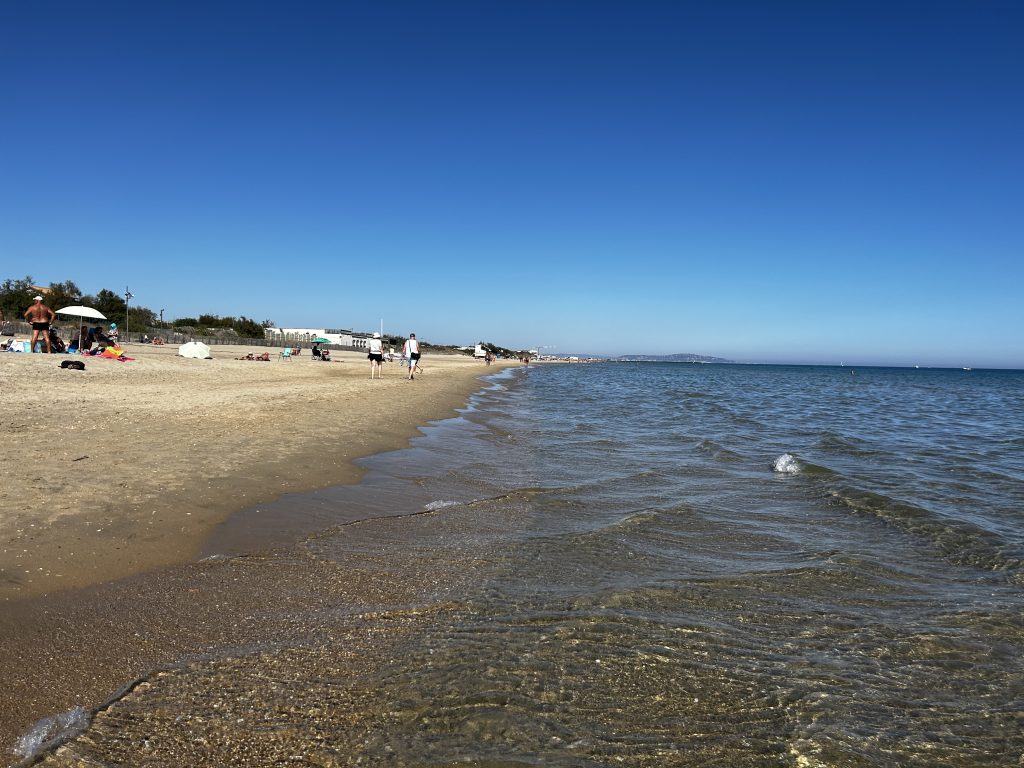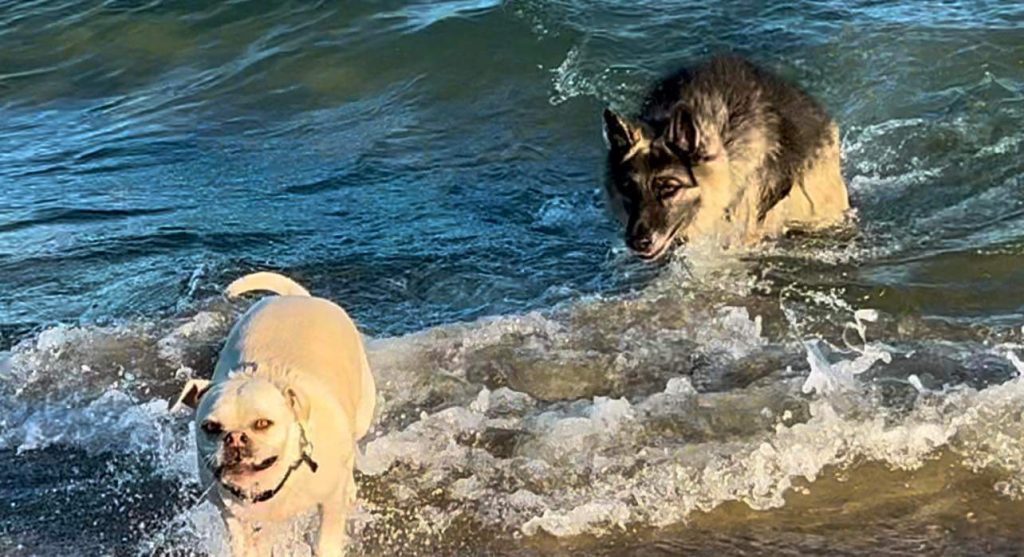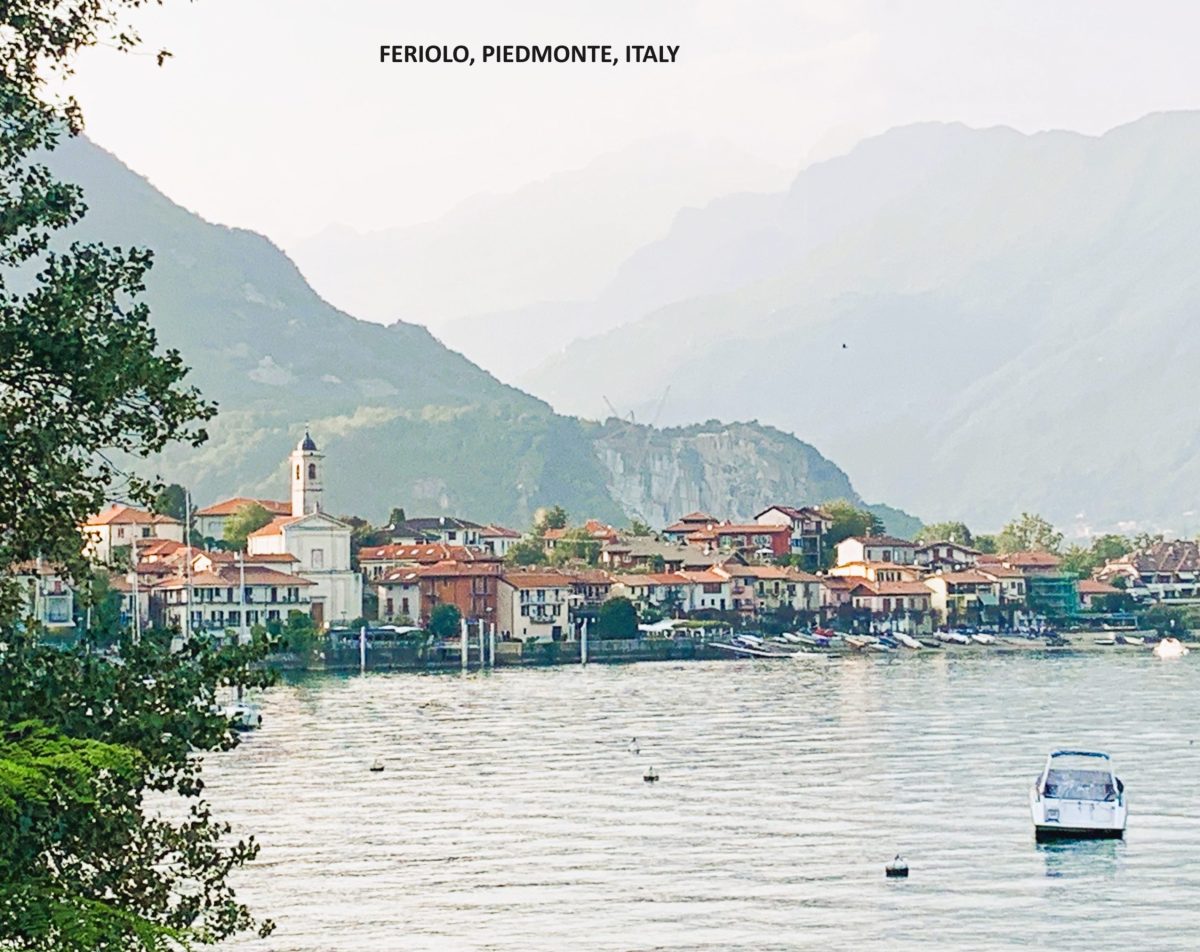We were on our way to Banyuls Sur Mer down near the Spanish border but, after just a couple of hours driving, we thought to stop at Marseillan Plage for what remained of the day and the night. It was a warm sunny day and the idea of spending some time by the sea appealed to both of us and; besides, we were in the former administrative region of Languedoc Roussillon where one of our favourite white wines is produced – Picpoul de Pinet.
Marseillan Plage is Marseillan’s beach resort area on the Mediterranean coast. We found a suitable campsite right on the beach. What I didn’t realise until we were parked up and I was already walking towards the town is just how far the beach is from the town. Marseillan Plage sits on the south side of a long thin strip of land which separates the Mediterranean Sea from the Etang Thau saltwater lagoon and the town of Marseillan sits on the opposite bank of the Etang Thau near the eastern end of the Canal du Midi. They are more than 5 miles apart which meant I was in for a 10 plus mile hike even without allowing for a wander of the town. Oh well, best get on with it.


It was an arduous walk, made worse by the 32 degree heat but it was worth it. The first part of the walk took me across and along the very southern (eastern) end of the Canal du Midi. This canal connects the River Garonne (which flows into the Atlantic Ocean) to the Etang Thau (opens on to the Mediterranean Sea). That’s an incredible 240 kilometres. The canal has featured in this website before; so, I’ll not risk repeating myself here. It will suffice to say that by any standards it is a fantastic feat of engineering and, even more so, when you take into account it first opened in 1681; that’s during the reign of Louis XIV.
One interesting fact I will share with you about this part of the world (and which pleased me as I returned to the Van later that evening) is that, the local authorities have eliminated all mosquitoes in the area and residents are required by law to report any return of the bloodsuckers. That’s another amazing feat given how marshy this area is.

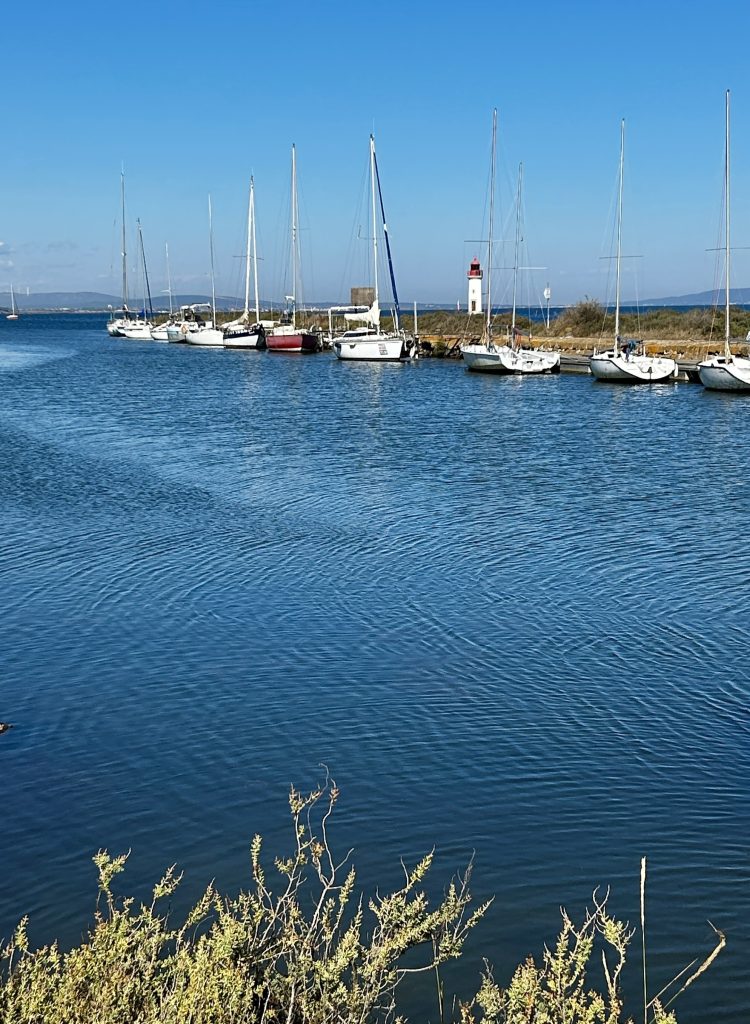
Upon entering Marseillan I made directly for the harbour area. It’s not a large harbour and the trading and fishing industries which once dominated have for the most part given way to tourism but, having said that, the place is not overly commercialised. Fishing remains big business – the area is justifiably famous for it’s oyster and mussel farms and the lagoon still teams with sea bass, bream, mullet and eels. Trading along the Canal du Midi is not what it was (improved roads and heavy goods vehicles have seen to that) but there’s still a fair amount of river traffic (leisure boats mostly) which use the canal and take advantage of the facilities that Marseillan still offers. It’s that river traffic which continues to ensure the little town’s quays are lined with sufficient cafe-bars and restaurants.
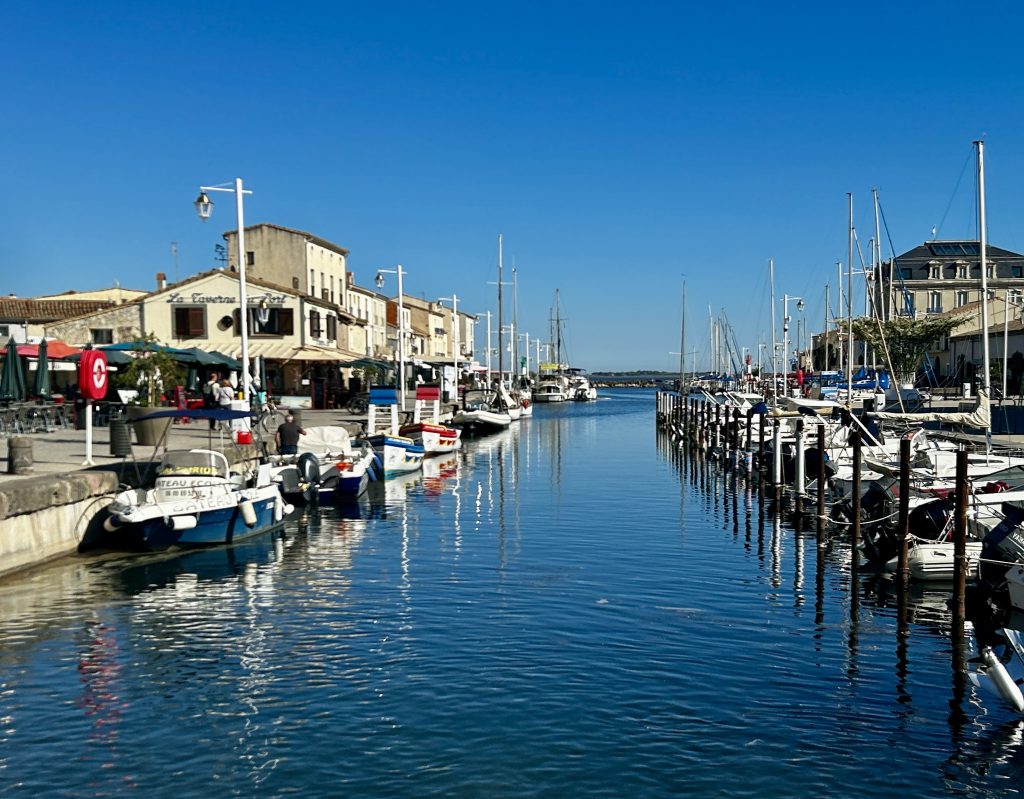
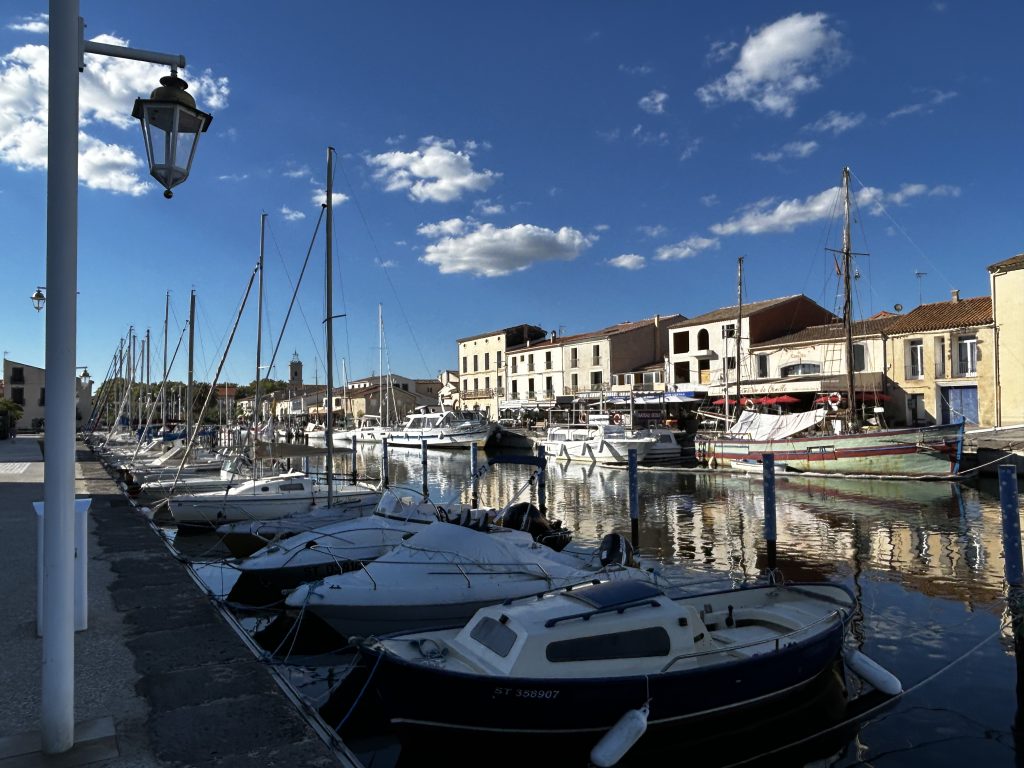
The centre of the old town hasn’t changed much at all in the last 200 years. Some of the old wine warehouses down by the lagoon have been converted into apartment blocks (holiday-lets for the most part, I suspect) and what little remained of the old fort and it’s walls have long gone but, the 13th century covered market, the 17th century church of St John The Baptist and the old merchant’s houses and smaller fishermen’s cottages are all much as was.
We arrived out of season and there was little sign of tourism. A number of the cafe-restaurants down by the quay were open but it would have been easy getting a table. Indeed, the whole area was quiet and peaceful; very relaxing.
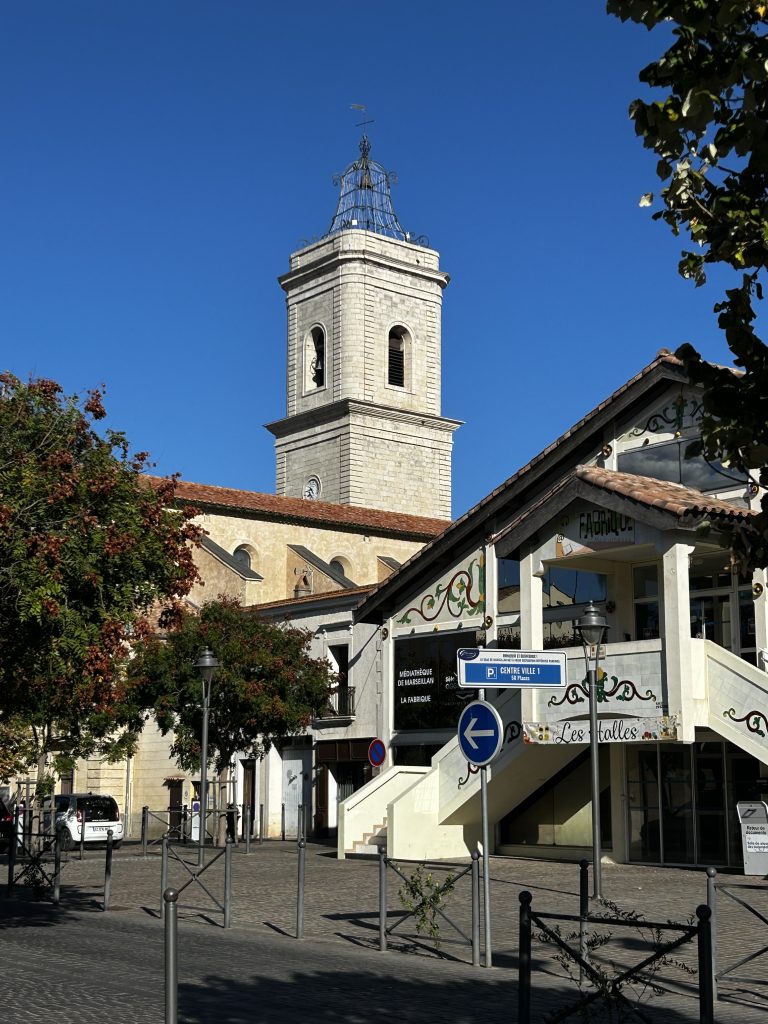
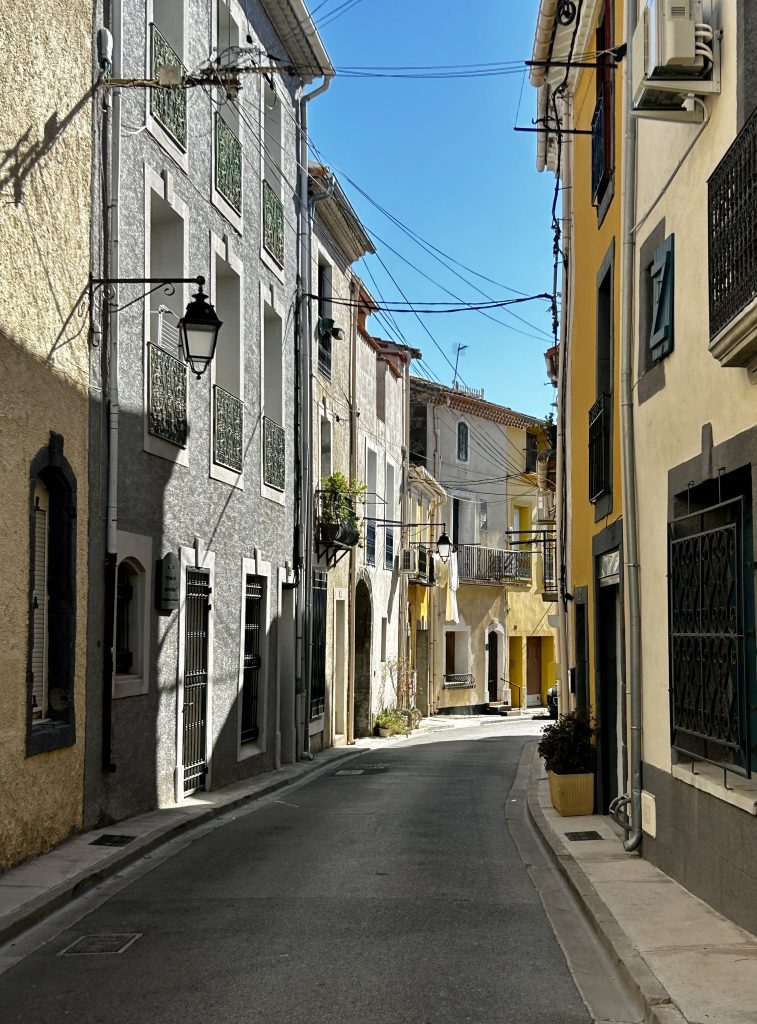
One of the most prominent buildings down by the port is La Maison Noilly Prat where the famous vermouth is produced. Using a mix of the local Picpoul de Pinet and Clairette grapes, Noilly Prat produces 4 different vermouths (Original Dry, Extra Dry, Rouge and Ambre). In case you are unaware, vermouth is a type of aromatised wine macerated with spices which can be drunk on it’s own (and is not unlike a dry Madeira to taste) or it can be mixed with gin or vodka to make Martini. It is the Original Dry Vermouth which is used to mix Martini.
It goes without saying that I bought a bottle of the Traditional Dry but, I also bought a bottle of Grey Goose Vodka – anyone for a Vodka Martini? I didn’t know until visiting the distillery that Noilly Prat, together with Grey Goose, Bombay Sapphire Gin, Dewars Whisky and Patron Tequila (to name but a few) are part of the Bacardi Group.
By the way, La Maison Noilly Prat suggest the perfect Vodka Martini should be made using 60ml vodka, one tablespoon of Original Dry Vermouth and an olive or lemon peel to garnish. The process, they advise, is firstly, to stir the vodka with the vermouth and; secondly, the alcoholic mix should be combined with ice in a cocktail mixer and; thirdly, the resulting liquid should be strained into a chilled martini glass and; finally, the liquid should be served with the preferred garnish. Sounds easy in theory, doesn’t it?
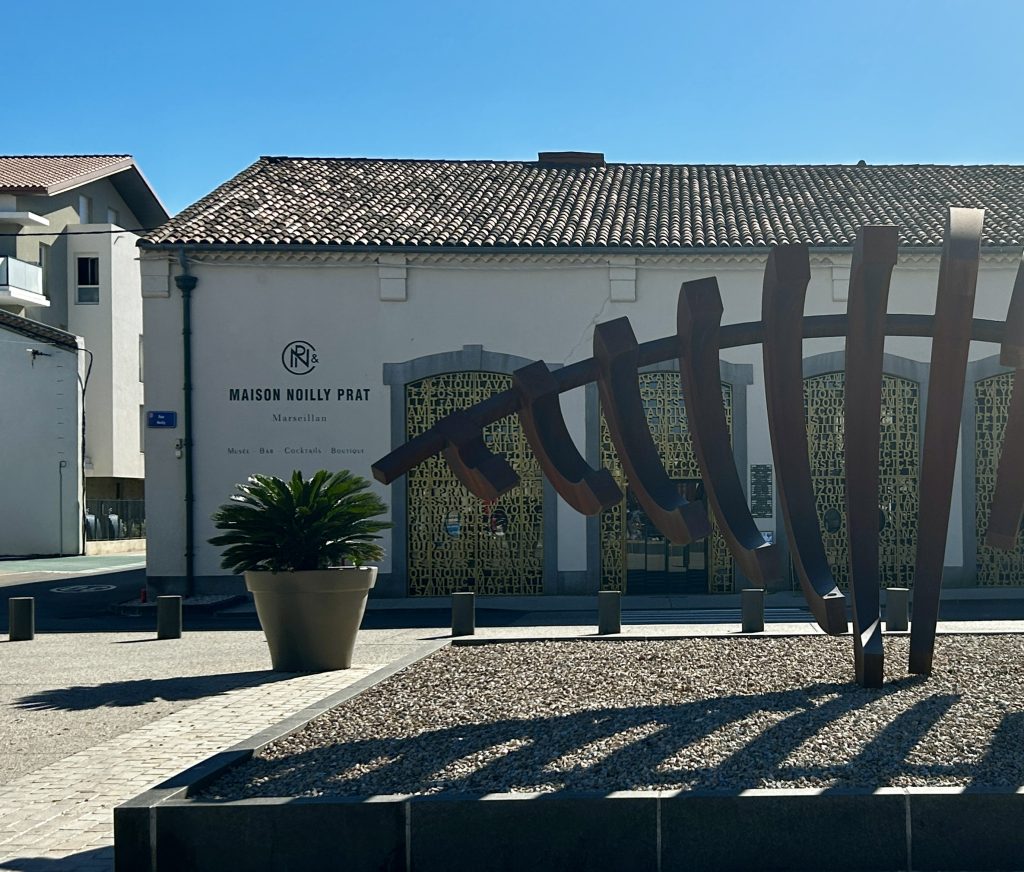
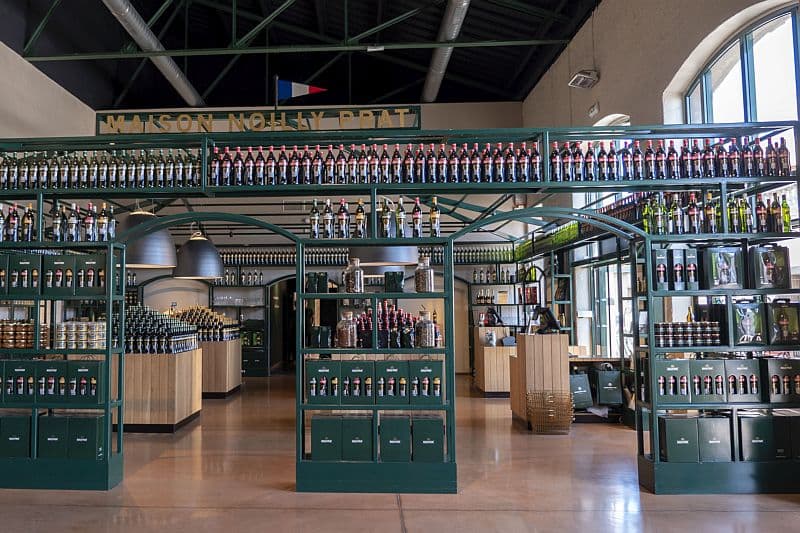
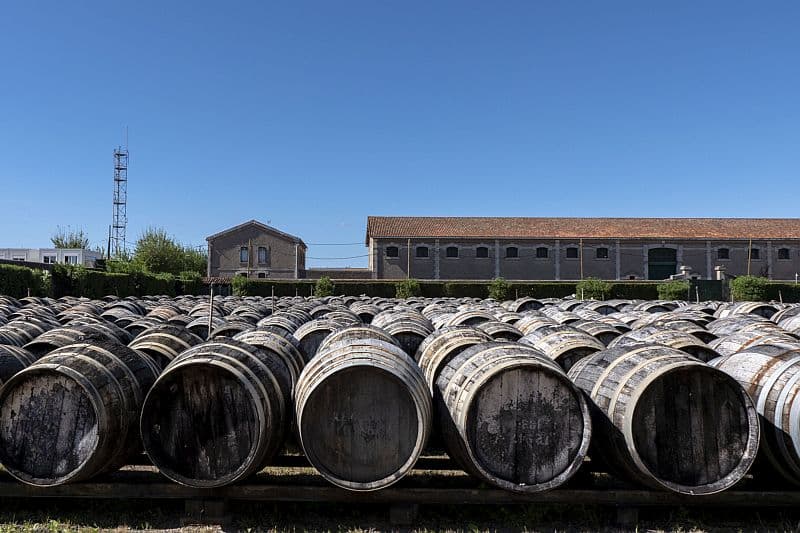
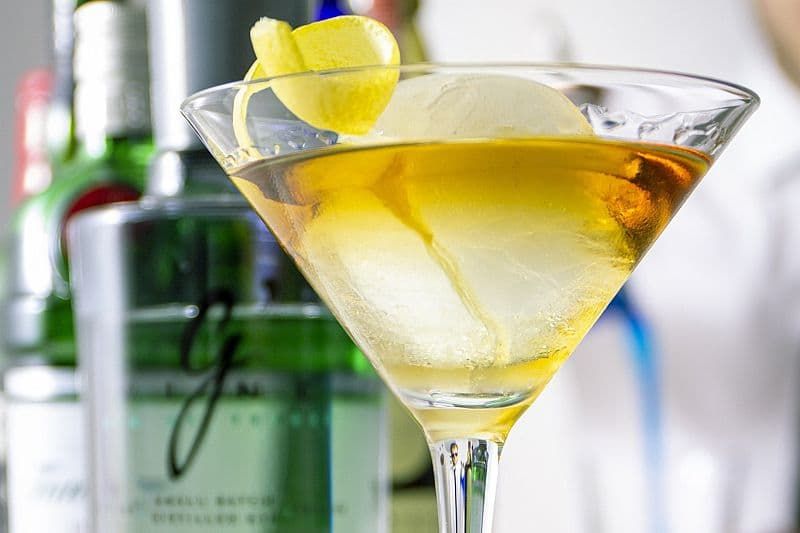
Of course, it would be inappropriate to write about Marseillan and not mention a little more about the seafood.
If the truth be told, I goofed up during my visit by not finding time to visit Coqui Thau which is just up the road from Marseillan. Unfortunately, I heard about the company only after my return to the UK. The fact is, the calm salty water of the Etang Thau is ideal for farming oysters and mussels and that, primarily, is what Coqui Thau do. Moreover, they offer tours and tasting sessions. I’ve eaten and enjoyed countless oysters from all around the world but I know absolutely nothing about farming them. That will have to be put right when I’m next down in Marseillan.
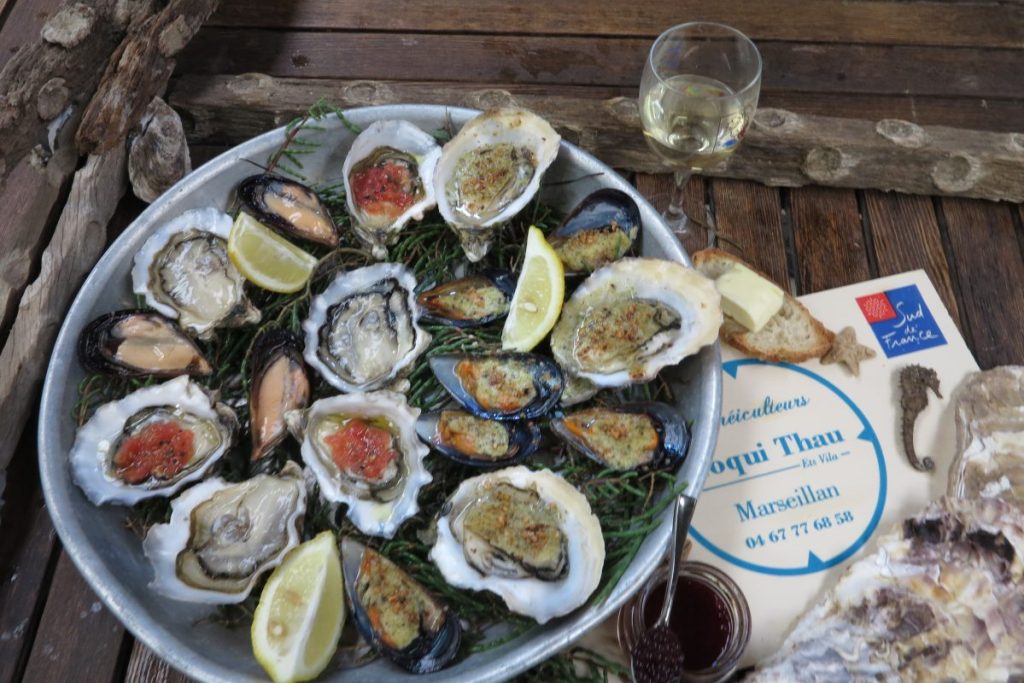
So, I spent most of the day in Marseillan and then Vanya and I spent the evening and night in Marseillan Plage. Marseillan Plage does little for us but we did find an inexpensive bar in which to spend the evening where the Picpoul was good and the locals were very welcoming. Moreover, we were well placed to let the dogs enjoy a swim the next day before headed off to Banyuls Sur Mer.
